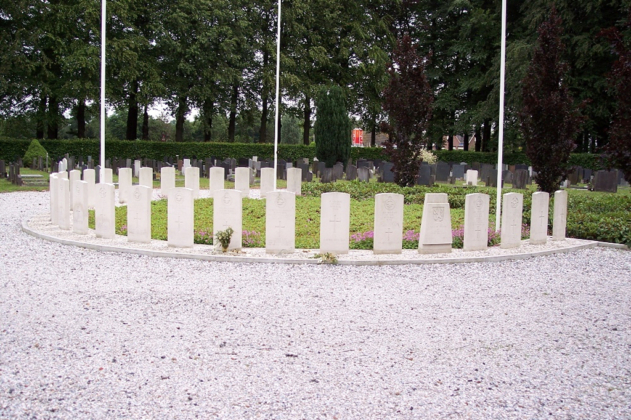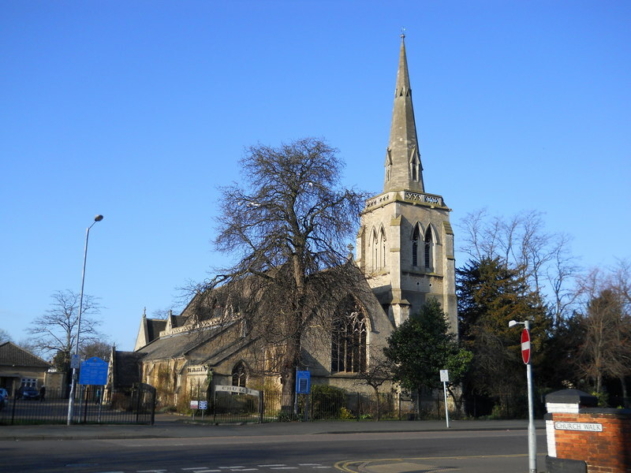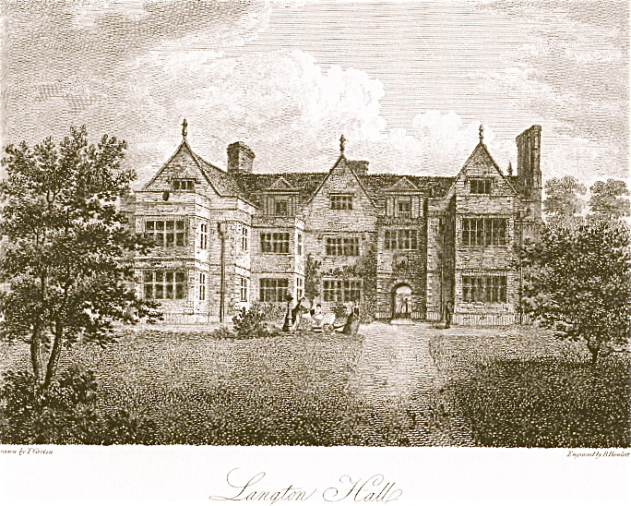Free and Open Genealogy Resources (UK & International)
We asked, you suggested…
Recently, through the power of free data sources, some precious photographs, letters and documents belonging to a flight engineer who died in World War 2 found a new home and purpose with a blood relative.
In November 1942, the flight engineer was part of a crew who perished when their plane was hit by flak. He was 25 and had been married to his childhood sweetheart for just six months.
Some 60 years later, a distant cousin researching the family tree found the flight engineer’s details on the Commonwealth War Graves website. His widow was still listed in the BT Telephone Directory, so the cousin wrote a letter hoping to learn more, but received no reply.
Six years later, however, the widow’s nephew and executor of her will wrote to say he had found the cousin’s letter in his aunt’s files. He confirmed the family connection and offered to share copies of photographs, letters and more. Later, on reflection, he decided to pass the whole collection to the cousin, since his was the direct family line.
Now the cousin - who happens to be a history teacher - is the custodian of the items, and he uses them to illustrate his lessons. So, the flight engineer’s story lives on – all thanks to a couple of free searches.

Image of the flight engineer's burial site - Oldebroek General Cemetery, NL (CWWG)
Open sources, galore
This is a powerful little story that illustrates the benefits of Free UK Genealogy’s vision of making data more accessible, more usable, and free, forever (see our previous blog).
This week, we asked you (via Social Media) for your recommendations for FREE sites that YOU use in your research – and you came up with the goods. In fact, there were so many suggestions, we plan to share them over two blogs!
Below, we will cover the national and international sources you have recommended. Then, next time, we will share your local gems.
"Free to All"
High on the list is FamilySearch, which has the tagline "Free to All". Provided by The Church of Jesus Christ of the Latter-day Saints, FamilySearch is dedicated to preserving important family records and making them freely accessible online. Originally intended for Church members, the FamilySearch resources are now open to everyone to discover their heritage and connect with family members.
Several of you have cited the Online Genealogical Index (OGI) – a free tool that saves researchers hours of time by finding the exact website they need. The OGI began as a spreadsheet in January 2012 and currently has over 407,000 links to vital record data (birth, baptism, marriage, death, burial), as well as school records, graveyard headstones, war memorials and family pedigrees. The tool’s creator is a genealogist himself who was frustrated with subscription sites selling access to resources that were free elsewhere.
A highly recommended source: UKBMD. In 2000, the county of Cheshire revolutionised public access to birth, marriage and death (BMD) records dating back to 1837 when a joint project between the county's registration services and family history societies resulted in CheshireBMD. Other counties followed their lead, and UKBMD was started as a simple website to enable the main county BMD sites to be found via one convenient starting point. Many more BMD-related sites have since been added, covering parish records and Bishops Transcripts.
Now, you might think that UKBMD is a rival to FreeBMD. But there is a subtle difference that is of unique value to genealogists. Where FreeBMD transcribes the GRO indexes, UKBMD has transcribed the original indexes created by the local registrars. For this reason, our databases can differ slightly. For example, in the event that pages are missing in one index, they would likely be present in the other. Both are volunteer-led projects and so have similar commitments to quality of provision and there is actually potential for us to combine our efforts in the future, to enhance wider access to BMD records.
Again, in the same vein as FreeBMD, you mentioned the GRO website. As Howard, a FreeBMD volunteer explained:
The GRO site (England and Wales BMD certificates) is probably known to [many genealogists], but some may not realize that it's free to search its indexes (which give a little more information than the paper indexes which other websites have transcribed.
Staying with the BMD certificate theme, the BMD Certificate Exchange Facebook group was amongst your suggested resources. The group is a very popular one, with over 10,000 members, and is "a means to share birth, death, marriage, burial, and other certificates with fellow genealogists who may have an interest in them". You never know, you may find a certificate in there you would otherwise have to purchase!
Another favourite you have recommended is GENUKI which provides a virtual reference library of primary sources of genealogical information relevant to the UK and Ireland. The content is provided by a group of volunteers, and the site is maintained by a charitable trust. Established in 1995, it now contains more than 110,000 pages of information.
On a similar theme, Dustydocs is a 'web-linking site' of English Baptisms, Marriages and Burials records for the years 1538 to 1900. Their information is sourced from freely available church and BMD records, and validated user contributions.
Ireland, US and Canada
For those researching Irish ancestors, you have recommended two national sites. The first is the National Archives Genealogy Website where you can gain free access (through searchable databases and linked images of relevant pages) to a whole host of genealogical material in the custody of Ireland’s national archives. This includes the Census of Ireland 1901/1911 and Census fragments and substitutes, 1821-51.
The second recommendation is Irish.Genealogy.ie, a government website where you can search and freely access records from a number of online sources including the historic registers and indexes to the BMD registers, some church records, and others such as the census data and soldiers’ wills.
For those with American ancestors, you told us about The USGenWeb Project. Established in 1996 by a group of genealogists who shared a desire to create free online resources, it began with listing online directories of text-based resources. The site has since grown into a network of over 3,000 linked websites, all individually created and maintained by a community of volunteers. It includes a variety of unique county and state resources such as photos, maps, transcriptions, historical documents, and helpful links.
And for Canadian ancestors, you suggested the site for the Royal British Columbia (BC) Museum and Archives, which offers a wide range of information in three searchable databases. These include textual records, photographs, sound recordings, moving images, and maps; descriptions of publications held in the library such as books, directories and government reports; and BMD registrations.
Do you know of any other UK and international resources?
Put them in the form at the bottom of the page and we'll add them to the list
OPEN, GLOBAL GENEALOGY
So, back to the free sources used in our flight engineer’s story, the Commonwealth War Graves site was also among your recommendations (as you might expect) – and, although telephone directories were not mentioned, perhaps they are a resource worth considering.
That said, while the current telephone directory is freely available online, it seems that past issues are only accessible via a paid-for site, which seems a shame.
If you are interested in OPEN, GLOBAL GENEALOGY, please do register your interest to take part in this year’s online annual conference to be held online on 22nd and 29th May.
And look out for our next blog on your FREE local and other site recommendations.

